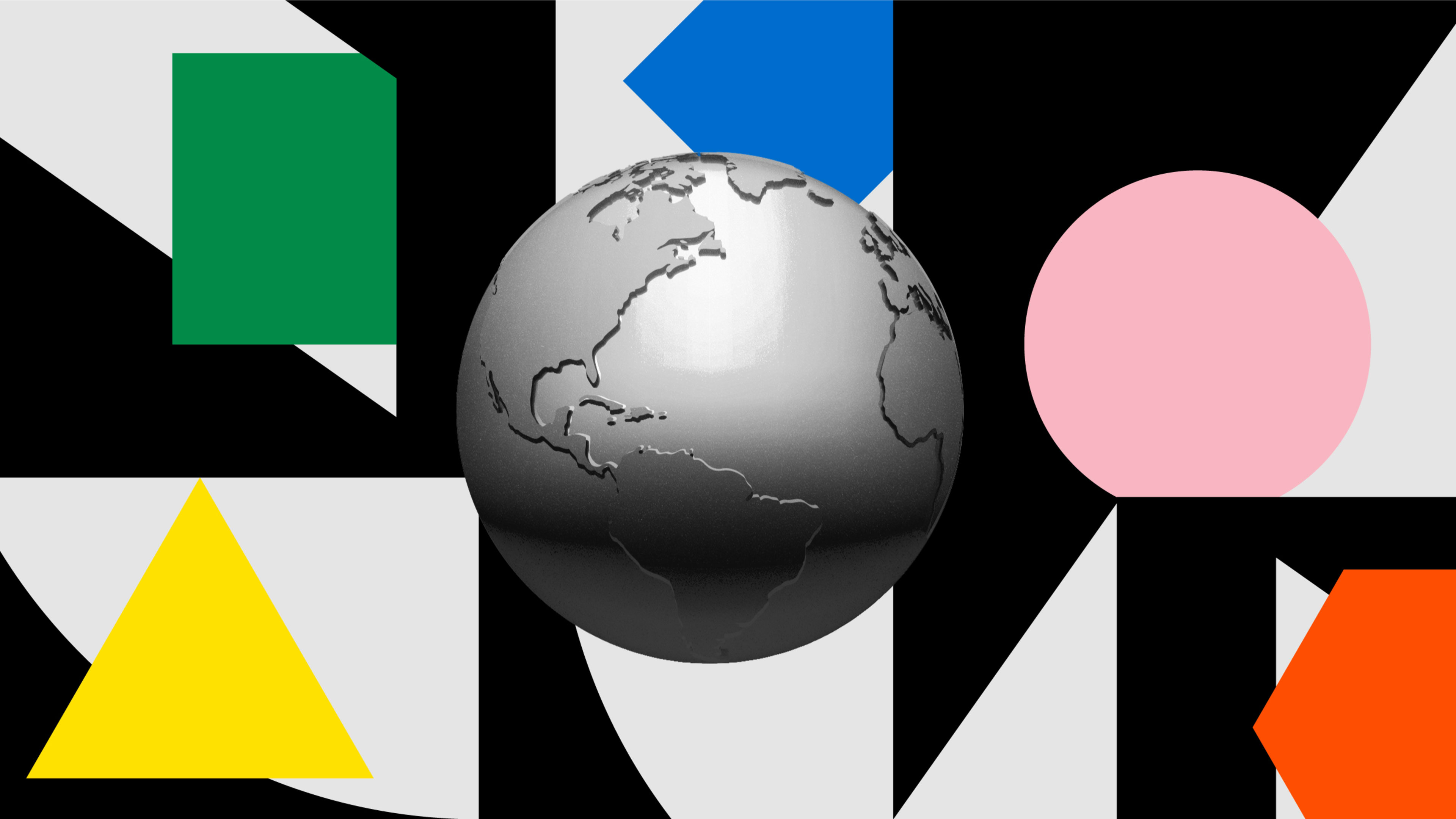A third of Americans don’t believe climate change is affecting their communities, and they reject technological and government investment to fight global warming, warns Frog Design founder Hartmut Esslinger. A swath of citizens “reject the efficacy of masks and vaccines to avert COVID-19. They believe that Trump won the 2020 election” and they dismiss gun violence. He adds: Some “TV networks and social media companies exist . . . on the basis of lying and distributing lies to the American public. Design cannot solve any of this . . . Darwin may.” These days, Esslinger is focused on tackling the planet-poisoning waste that results from the planned obsolescence of consumer products. But can designers stem our addictions to corporate profits and shiny new gadgets? The answer is crucial. As Slow Factory founder Céline Semaan says, “Designing for human survival will become the new necessary field of design: ecosystems over aesthetics.” Among the scores of global design luminaries commenting on the future of design, a handful of top educators express hope. Don Norman, founding director emeritus of the Design Lab at the University of California, San Diego, says the emerging generation of designers must be steeped in history and material science, and several other educators see young designers moving in the right direction. “Within the next 10 years,” says Dori Tunstall, dean of design at OCAD University, in Toronto, “generations of designers will expect design to be a place for the full expression and acceptance of a diversity of histories and identities of making, without a hierarchy.”—Jay Woodruff
Climate Resilience
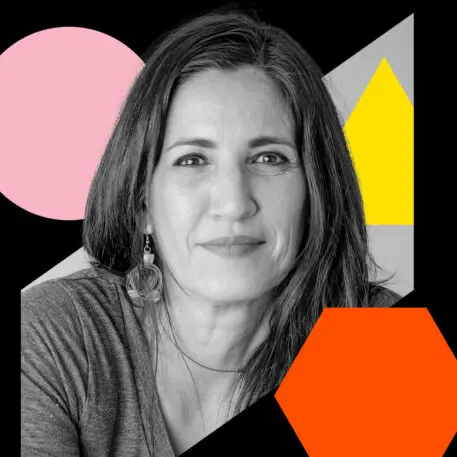
I believe designers are fundamental to solving the greatest challenge humanity has ever faced. By our nature we are problem solvers, and importantly we understand how to frame the question in order to solve the right problem. With the incredible complexity of the climate situation and little time to spare, we must be able to ask the right questions and come up with answers beyond the old defaults. So far, our solutions haven’t been working, which means we have to think differently. This is the foundation of creativity and what we use our ‘design muscles’ to do every day. Now we need to channel all our efforts into a common goal. If we can do that, designers will play a key role in salvaging the future and finding a place where humanity can thrive along with the planet. According to the Ellen MacArthur Foundation, ‘design sits prominently at the heart of the circular economy.’ We really do need to redesign everything, not just objects and spaces, but our processes as well. The next frontier absolutely needs designers.—Verda Alexander, cofounder, Studio O+A
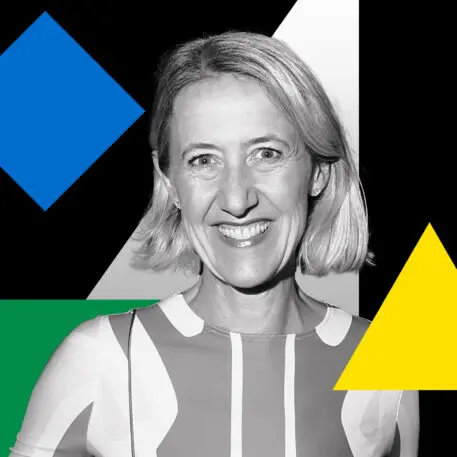
One major issue weighing on my mind is how we must accelerate the hydrogen and electric transportation prototyping and deployment. We could reduce C02 emissions by up to 80% if we used sustainable aviation fuels, but it’s two to three times the cost of jet fuel. Why aren’t we designing our way out of this, getting government involved, and subsidizing this? Governments should follow New Zealand’s example when Jacinda Arden declared a climate emergency based on science in December 2020 and worked with other institutions, designers, and leaders to communicate the urgency: ‘Be on the right side of history. Be part of the solution we must collectively deliver for the next generation.’ Importantly, we must design methods that make our planet’s revival the central focus for all humankind. We must redesign infrastructure, regulations, tax incentives, other devices to start the revolution, the new way of thinking and living. We must make this existential threat real by designing communications that send the message home and then come together to design our way out of this.—Caroline Baumann, design consultant and former director, Cooper Hewitt, Smithsonian Design Museum
Design For Human Survival
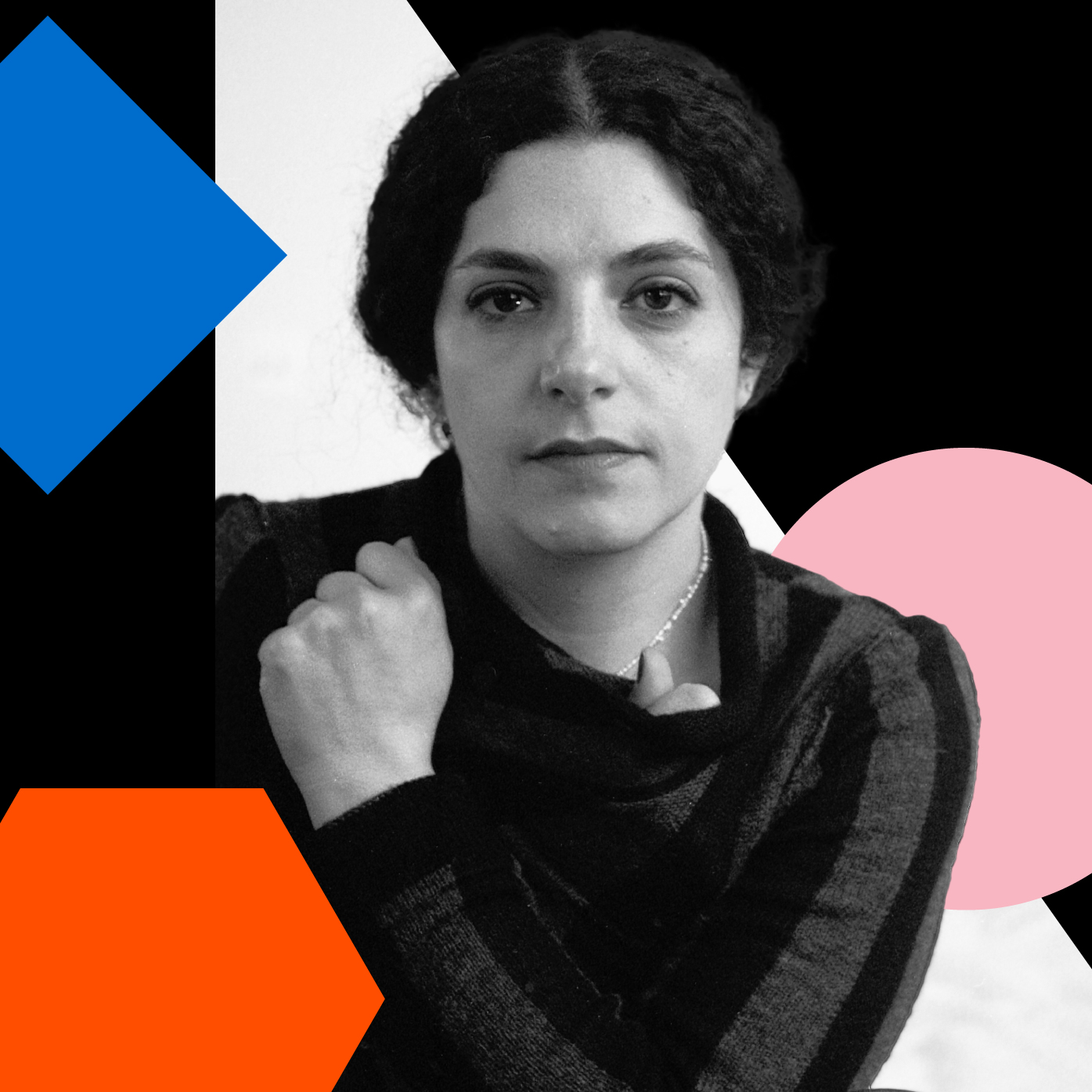
In the next decade we will have to become fluent in reparative design and designing for chaotic events: how do we survive a tsunami, how do we design for irrigation, how do we design for top-soil regeneration, designing for human survival will become the new necessary field of design: ecosystems over aesthetics.—Céline Semaan, founder, Slow Factory
Climate Change and AI
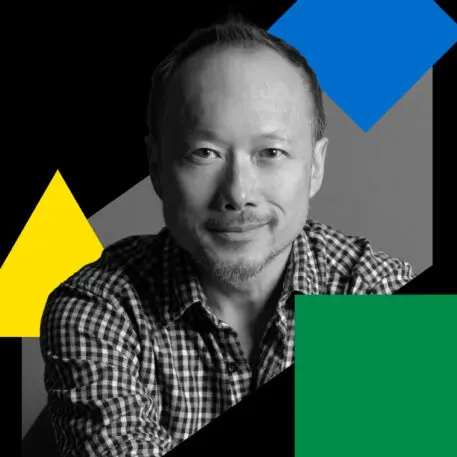
Two of the biggest areas for design’s impact in the next decade are climate change and AI. First, we can design systems and nudges that could help billions of people live more sustainable lives and reverse the impact of greenhouse gases. Second, we live in a golden age of AI where we’re just starting to realize its potential in helping us live, learn, work, play, and stay healthy. For instance, machine learning enabled us to build live caption, which can transcribe any and all media with audio in realtime on mobile phones. That’s a game changer for the deaf and hard of hearing community. While the technology was available, it was designers who came up with the idea. Design can play a critical role in injecting utility, joy, beauty, meaning, and humanity in how AI manifests and integrates into our everyday lives. Technologically, we are living in very exciting times. And design is a big part of shaping it. The future is ours to make up.–Robert Wong, vice president, Google Creative Labs
Biodesign
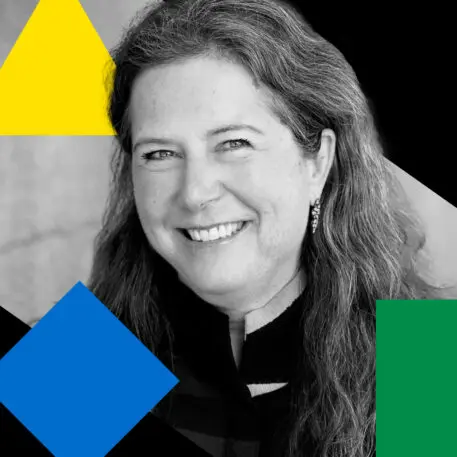
I believe the next decade of bio-design will transform what it means to design across mediums, and it will have the greatest impact on our future. Bio-design is a mirror and the medium that shows us possible regenerative futures; it will change what it means to design across all categories. Working alongside scientists, engineers, artists and ecologists to create a framework for collaboration, and the tools and technology for implementation, bio-design will help us imagine all the possible futures for us to choose from. The natural world is the most innovative creator and best problem solver. We have so much to learn from its beauty, processes, materials and ecosystems. Out of chaos, comes creativity so I remain optimistic.—Ivy Ross, vice president, design for hardware products Google
Diversity Of Design Thinking

I worry about Design Monoculture, where we’re all chasing the same rounded corners. Styles and trends will come and go. It’s a natural part of consumer cycles. But the sense that tech is created for tech – where we’re all converging on the same design direction on the same platforms and devices – makes me wonder what’s next, especially from young designers. Designers can make an impact on dismantling the status quo and decolonizing design to break down the western view. Design can act on the cultural imperialism and savior mentality that tends to result from tech breakthroughs. In the next decade, I’m genuinely excited to see more diversity of thought brought to fruition, reflecting what makes us unique and embracing a thoughtful approach that brings out the richness of the world. —Albert Shum, corporate vice president of design, Microsoft
Design Decolonization
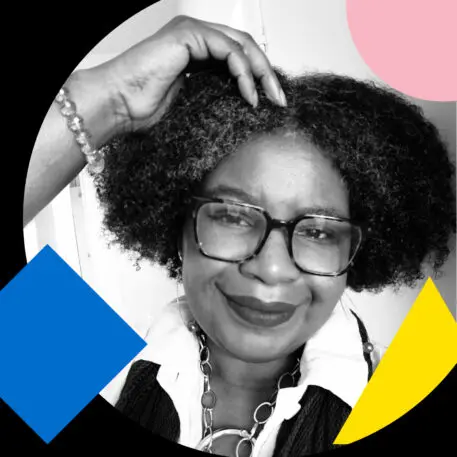
I believe the next 10 years will be the decade of design decolonization. With COVID-19, #Blacklivesmatter, the protection of water and land from oil pollution, recognition of Indigenous leadership and sovereignty, the purpose of design has shifted, even beyond our notions of design for social impact. Within the next 10 years, generations of designers will fully expect design to be a place for the full expression and acceptance of a diversity of histories and identities of making, without a hierarchy. For these generations, design’s value will be determined by its ability to eliminate the conditions of vulnerability for the land, the water, the air and all that lives within them. The young designers are already expecting this in their design careers. We, professional designers and design educators, have to catch up. —Dori Tunstall, dean of the faculty of design, Ontario College of Art & Design University
Designing For Diverse Audiences
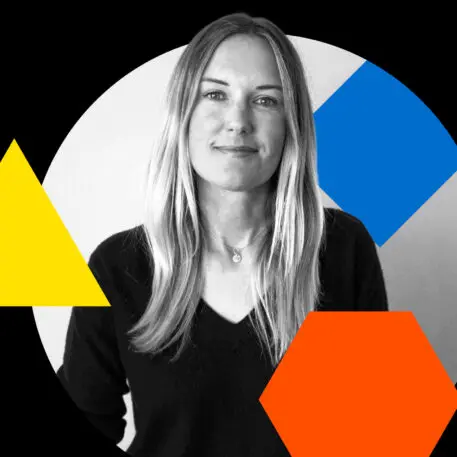
We must recognize that our day to day design decisions have a lasting impact across society and our planet. The era of designing for the individual is over. We have a responsibility to not only be the “voice of the customer,” but to better understand the broader implications of our work and design more inclusively for more diverse audiences.—Kate Aronowitz, lead operations partner, GV
Public Policy

Social change has often come about when social movements and organizing have collectively put pressure on policymakers to rewrite the rules that govern our society. If design contributes to societal change, like interrupting the climate crisis, we need to shift away from changing behaviors at the personal scale (like designing better decomposable coffee cups), to changing legislation for large corporate polluters and regulation for countries like the UnitedStates and China. Design as a field can have more impact if we can learn to work alongside organizers in coordination with social movements to change public policy.—George Aye, cofounder, Greater Good Studio
Translating Debate Into Action
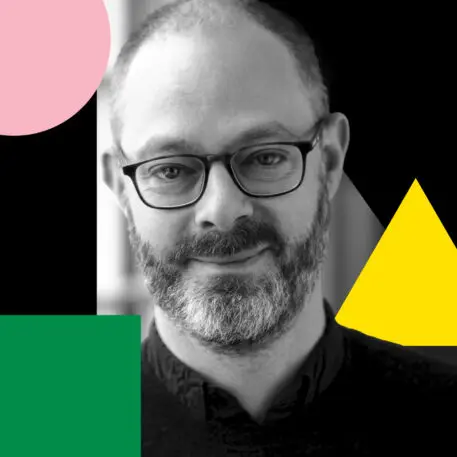
Although design can be applied at different levels from policy to product features, the promise of design is to break apart complex issues into small actionable steps which in aggregate can create significant positive change, whether nudging people towards wasting less, encouraging participation in policy decisions or avoiding bias in systems. As designers we need to apply our skills ethically, embrace other perspectives and have an eye towards the larger impact of our work.—Richard Whitehall, executive director and partner, Smart Design
Information Access
I see a future where people from across geographies and demographics have fewer barriers to information – where they’re able to engage with information in new ways and turn it into fulfilling, rewarding actions and experiences. Design can be an enabler of access to information and, in turn, an enabler of opportunities that uplift entire communities.
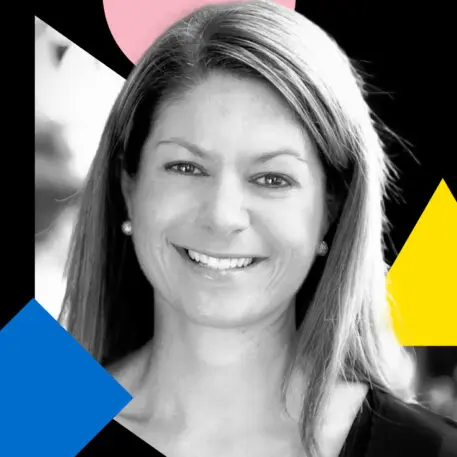
That might sound lofty, so let me give you an example. There are millions of new internet users coming online for the first time in parts of Africa, Latin America, and Asia. When they power on their very first smartphone and go to search for the first time, it can be baffling and anxiety-inducing. Should they swipe, or tap, or slide? We can only hope that they don’t give up right then and there. But we can use design to make this experience much more inviting, and bridge the divide between people and technology. By doing so, we free up the flow of information and make access to information more equitable.–Catherine Courage, vice president of user experience, Google
Digital Technology
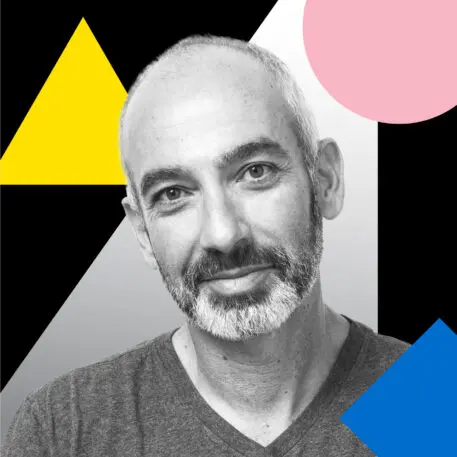
Without a doubt, digital tech is the challenge and should be the focus of attention. It changing our lives in a deeper way than we care to believe. The design of digital technology is complex beyond design traditions such as UX/UI or divisions of software versus hardware. It is more about system-thinking than usability or styling and requires deep understanding.—Gadi Amit, founder, New Deal Design
Living Peaceably With Technology
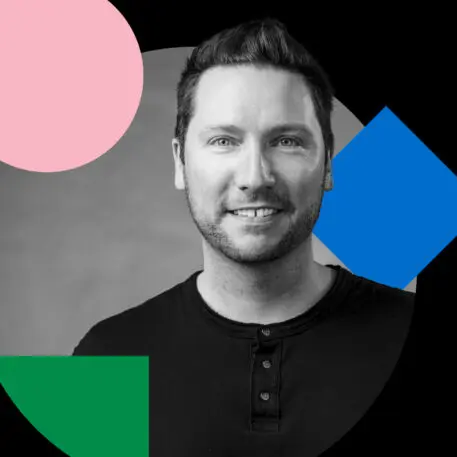
In the next decade, design can make the biggest impact on aiding humanity in turning the corner of the rough transition we have had with rapid insertion of technology into our daily lives. The proliferation of mobile devices, the newly connected televisions and now cameras becoming commonplace, is shaping how we coexist with each other. As this trend continues, we will need the right tools, methodologies, and design frameworks to ensure the products we create are helping people and helping each other.–Michael DelGaudio, UX Manager and Design Lead, Android TV
Reducing Planned Obsolescence
In our country, according to PEW Research, 51% of American citizens negate climate change and reject technological advances to fight it. They reject the efficiency of masks and vaccines to avert COVID-19. They believe that Trump won the 2020 election, and 52% don’t see gun violence as a problem. Several TV networks and social media companies exist solely on the basis of lying and distributing lies to the American public. Design cannot solve any of this, especially, as science-based education also is refused by these fellow citizens and undermined by their political representatives – Darwin may.
As I am deeply involved in the industrial world, here is a first step: reduce obsolescence – whether in automobiles or digital hardware. However, due to the global scope of industry, the United States alone have very limited leverage – which may be a good thing considering the 51%.
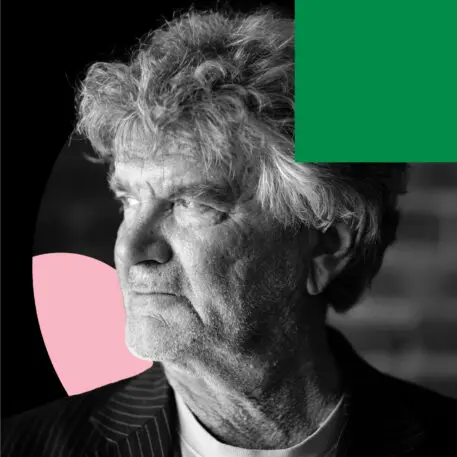
After nearly 15 years, I am using my fourth iPhone. Each time I had to buy a new one because of CPU performance, I put otherwise perfectly functioning products into my closet (about 130 million are thrown away each year). Recycling is a good thing, but not enough. For years I have been proposing modular design with exchangeable components – like you just insert a new chip set. It’s also an easier way to repair a product without the excessive logistics required today. We are also facing limited resources of raw materials such as rare earth ore or cobalt for batteries, and the political aspect becomes ever more important.
This means that design must inspire a new economic model and deliver much more long-term solutions, which also stand the test of long-term consequences by technology and usage. As industry is global, we also must balance sourcing, production, and usage. Slave work is a crime – this also applies to the frivolous minimal wage in our country.
Finally: with our stakes getting higher and the consequences of wasteful, senseless products more severe, design also will become more even more elitist.—Harmut Esslinger, founder, Frog Design
Inclusive Technology
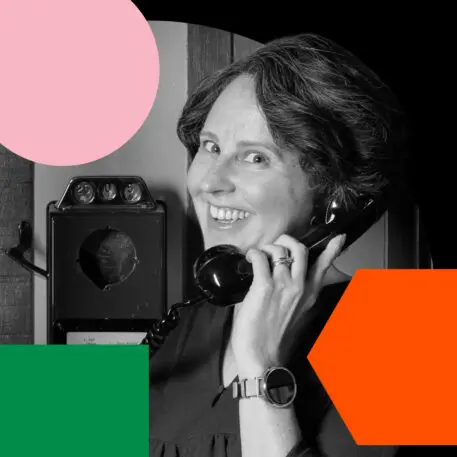
The older I get, the more I believe in the power of design to truly help people. When voice assistants first came out, they were seen as fun tech gadgets to ‘remove friction’ and let you easily play music or set timers. I love those features, but what truly inspires me is when technology is used to help people gain more independence in their lives, or help connect to family and friends. I read about a man in Japan who had been diagnosed with ALS, and he was able to record his voice before he lost the ability to speak. A software company took his voice recordings and made a computerized voice for him to use. Not only does it help him communicate, his wife said that it also allowed them to have arguments! We don’t always think about these ‘non-practical’ uses of tech, but they are still an essential part of what makes us human.–Cathy Pearl, design manager, Google Assistant
The End of Fragmentation
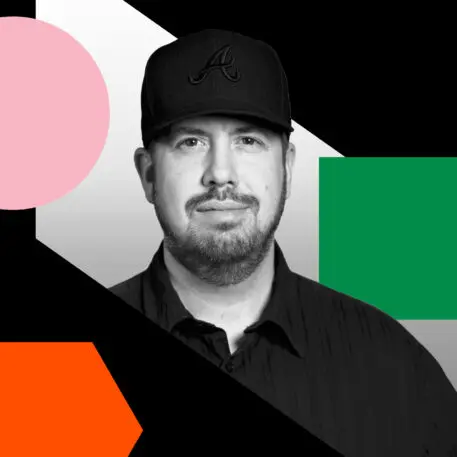
The past 10 years have seen a snowball of new technologies, platforms, systems, and services, all designed to make our lives easier, but ultimately much of what was built resulted in fragmentation and redundancy. As designers, the biggest impact we can have in the next decade is to push for a reconciliation of the disparate pieces. We need to pivot from the disconnected, crowded ecosystems that offer users everything at once and design for intelligent orchestration that leverages context to deliver only the right experience at the right time without compromise.—Derek Fridman, design partner, Work & Co.
Catalysts For Change
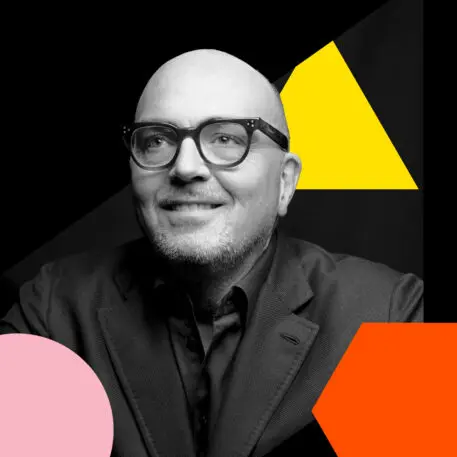
We’re living in a time of profound isolation and polarization, but the future is unwritten. I believe design can play a role in helping us stay human and it can be a force to unite us. Even as we continue to take quantum technological leaps forward, design can lead us back to our nature — our original operating system. At Nike, because design is in service of athletes and the progression of sports, we’re continually reminded of the best of what we’re capable of and our infinite potential. If we can see the realization of that collective potential not just as a possibility, but as a responsibility, then we as designers become catalysts for change.—John Hoke, chief design officer, Nike
Systems Thinking
More designers need to become systems designers and engage in radical collaboration with other fields and disciplines on projects that last for multiple years or even decades. It takes problems a long time to become wicked and it will take a long time for them to be resolved. We need designers who can run long-haul relay races, not just quick sprints. I think the challenge facing all of us in the 21st century (what cultural historian Thomas Berry called the Great Work of the 20th/21st century) is how to intentionally transition our organizations, communities, and entire societies toward more sustainable, equitable, and desirable long-term futures. And the barriers to these transitions are the myriad wicked problems confronting us.
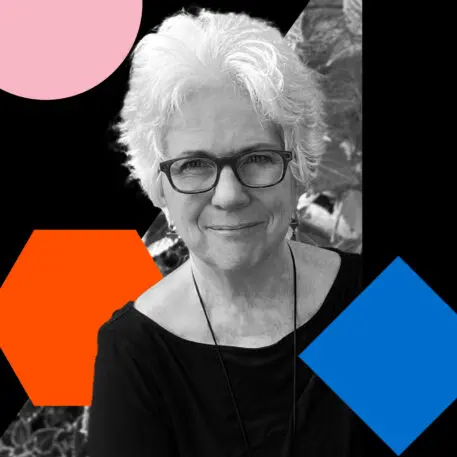
The Transition Design approach (which I co-created with Gideon Kossoff and Cameron Tonkinwise) is an applied approach for addressing complex, wicked problems. Specifically it is an approach for framing these problems in large spatio-temporal contexts that include the past (how the problem evolved to become wicked), the present (how the problem is manifesting in the present and who it affects) and the future (what do we want to transition toward).
We’ve developed both educational experiences to teach participants systems thinking (about the anatomy and dynamics of wicked problems) and tools for addressing wicked problems and conducting stakeholder research. Unlike some disciplines, design is a verb; it’s about solving problems in my view, so all of the research we conduct is to inform tangible action on the ground. And we are working with several industry and non-profit partners to support them in addressing tangible problems in the field and choreograph projects and initiatives that will extend over long durations of time.—Terry Irwin, director, Carnegie Mellon’s Transition Design Institute
Health
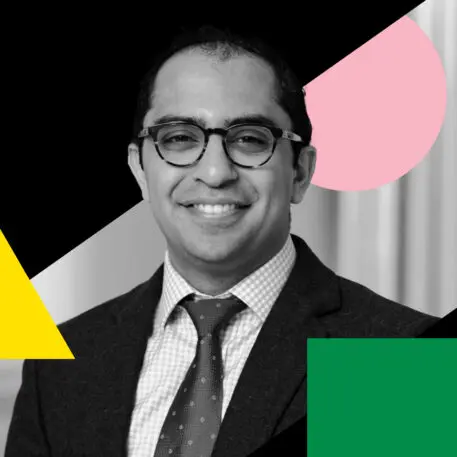
One silver lining of COVID-19 is that health is now on the radar of every industry: aviation, entertainment, work place, urban planning. All of those industries want to make health a priority in their work. I believe that if design interventions can be evaluated and measured with the same rigor and science that we have for our medications or healthcare procedures, we will discover a whole new range of possibilities for design’s greatest impact. Rigorous quantitative analytics informing better design will be essential to realize how health can be a priority in everything we design and build.—Andrew Ibrahim, surgeon and chief medical officer, HOK Healthcare
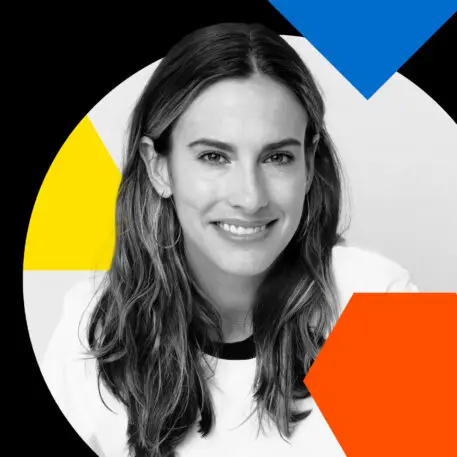
Healthcare is an area where I think design can make a huge impact over the next decade. COVID-19 is showing the world that our healthcare system is broken. Design thinking needs to be leveraged to create better patient experiences, which will increase compliance.—Christina Mallon, chief brand officer, Open Style Lab
Tighter Feedback Loops In Healthcare
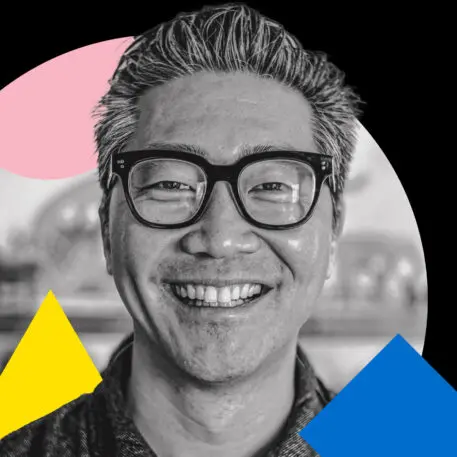
In their book User Friendly, Cliff Kuang and Robert Fabricant write, ‘There may be no greater design challenge for the twenty-first century than creating better, tighter feedback loops in places where they don’t exist.’ As the delivery of healthcare becomes increasingly virtual, design will play a crucial role in shaping the digital experience of patients, clinicians and caregivers. Design can improve patient outcomes by creating tighter feedback loops in healthcare. Tighter feedback loops can reduce medical errors; improve the adoption of public health recommendations; diminish burnout among clinicians; and humanize experiences for patients.—Bon Ku, emergency physician and director, Health Design Lab, Thomas Jefferson University
AI In Healthcare
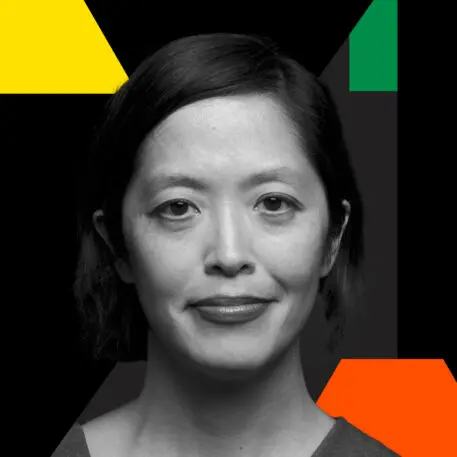
Making the healthcare system learn from data in real-time. I am excited for the future when we can fully leverage the adoption of artificial intelligence in healthcare, but first we have to free the most basic of clinical data to the care teams on the ground! As providers, we don’t even have answers to the most basic questions of who we care for, what we do for them, whether it matters, and how we can improve. Once we do that we will be able to truly leverage cutting-edge computational approaches.—Joyce Lee, professor of pediatrics, University of Michigan
Medical Data

I believe design has the opportunity to have the most transformative impact on healthcare—and specifically, how the medical industry collects personal data about us and then re-communicates it back to us, the patients. Health data is incredibly personal and emotional. It’s information that quite literally describes us on the most intimate, biological level. For instance, the way patients now access lab results and visits and exams reports is impersonal and hard to read, and often results are hard to compare to previous instances which in and of itself opens many design opportunities. More importantly I think the patient’s journey through figuring out medical issues can tremendously benefit from a different way of approaching medical data altogether: taking into considerations the context of the patient’s life—their habits and overall well-being, physical and mental—and even empowering them to collect and integrate all kind of more human and personal data to what gets read as health results. This can be addressed through a new way of looking at and designing for data.—Giorgia Lupi, partner, Pentagram
Addressing The Evolving Needs Of The Elderly
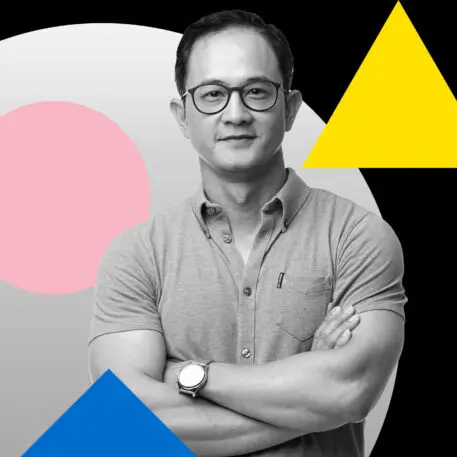
Globally we are aging rapidly as people are living longer, delaying childbirth, and having smaller families. Everyone lucky enough to age and be considered “old” will have new needs and considerations. How can we provide to the elderly greater dignity, independence, and capacity to enjoy life? When I was working on self-driving cars at Mercedes-Benz, I came to realize and appreciate that this technology could enable the elderly to live independently for longer. I have aging parents who live on their own, and I love that their lives are made just a bit easier and more convenient because of technology. They both learn new recipes from YouTube or order groceries that show up at their door. And it’s now taken for granted that they can say, ‘Hey Google, turn on the lights,’ or have a global video get-together. Imagine what we can do over the next decade. Inclusive design is still a relatively new field, but I’m glad that we are learning how to apply those principles more broadly. When we design inclusive products and services, it allows us to serve everyone’s needs better – including our future selves. In a world that is so youth-oriented, let’s not forget about the elderly.—Paolo Malabuyo, director of user experience for YouTube Advertising at Google
Accessibility

Regenerating Cities
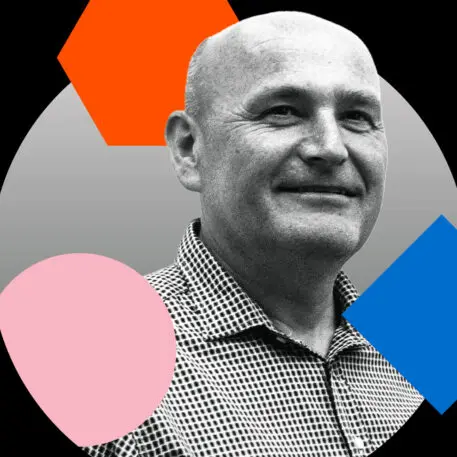
I think there’s huge scope for designers to work with cities and local governments to regenerate and repurpose urban environments to be more sustainable and people-focused. For too long, city centers have been driven by big business, which has led to unaffordable housing and poorly used spaces. Moreover, the pandemic has impacted the way people live and work, and across the world, people are moving out of cities to more suburban or rural areas. This provides a unique opportunity to repurpose prime urban real estate for mixed use and breathe new life into cities, focusing on community, accessibility, and inclusion. —Paul Priestman, founder and chairman, PriestmanGoode
Affordable Neighborhoods
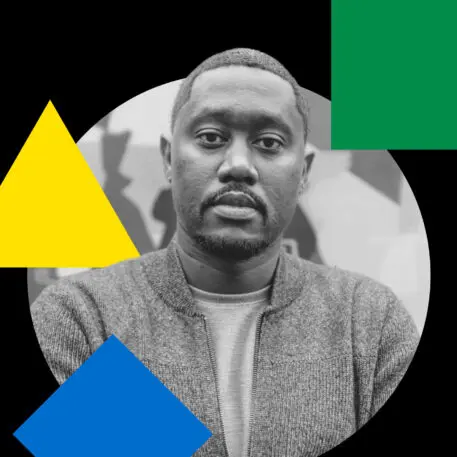
Developing new modes and models of radically affordable collective neighborhoods [is where design can make the greatest impact]. This is including but not limited to addressing social housing and neighborhood typologies, the design of the public commons, and the preservation of cultural spaces. The collective vision of communities will shape how design addresses any of these issues, requiring a concerted effort to build power in communities that face these challenges head-on.—Bryan Lee, design principal, Colloqate
Cities
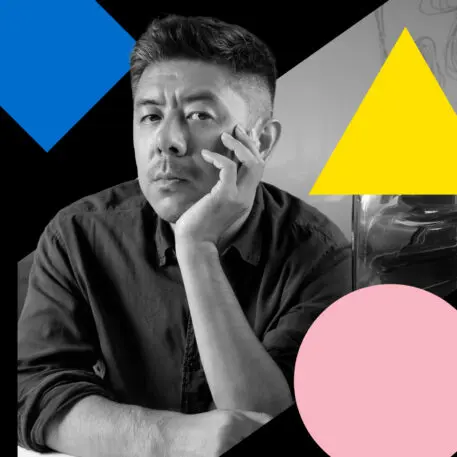
Mental Health
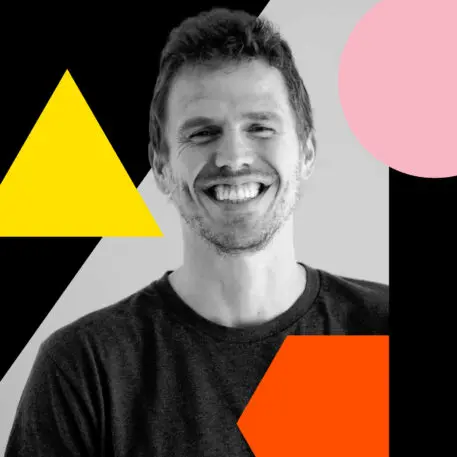
The Web 1.0 gave us access to consume information like never before. The Web 2.0 brought user-generated content and opened the Internet to all. We saw a huge change in the way people share and interact with others creating communities that can be helpful and make us all grow together. However, it can also create bubbles of confirmation bias, polarization, vanity comparison, and FOMO. Designers have the responsibility to create products and services that have a mentally positive effect.–Fábio Sasso, senior designer, Android for Cars
Rethink Value Creation

Software product development has evolved in the last 20 years from a pure guessing game into a science that elevates testing and measurements. Google, Amazon, Facebook, and Netflix have established practices that have delivered much-loved products and phenomenal ROI for investors. However there has also been significant blowback in recent years as we discover that we have let these algorithms take advantage of evolutionary mechanisms in our brains for the sake of entertainment and profit. There have been some unintended consequences of this optimization of our product design process. Designers are taught to look at problems holistically and not immediately employ a reductionist process, which is needed in order to fit a problem into a measurement and experiment framework. Designers (and the design practice) are uniquely situated to impact the process by which we make products and evaluate our impact as an industry. Design has the opportunity to shift the way we consider value creation and elevate people, ethics, and a more holistic conception of who our stakeholders are.—Itai Vonshak, head of design and product management, Google Material Design
Everywhere
The world is a mess: the climate is changing. Pandemics are sweeping the world. Many countries are in political turmoil. The Global South feels oppressed by the rich and powerful Global North. Freedom is diminishing across the globe.
The business models of the nations of the Global North emphasize growth and continually increasing profitability. And some still follow the statement by the Nobel Laureate in Economics that a company owes it allegiance to its shareholders, not to its employees, customers, or community. This philosophy leads to an emphasis on short-term profits over long-term ones (even if this was not what Friedman intended). It also has led to numerous other world-wide problems.
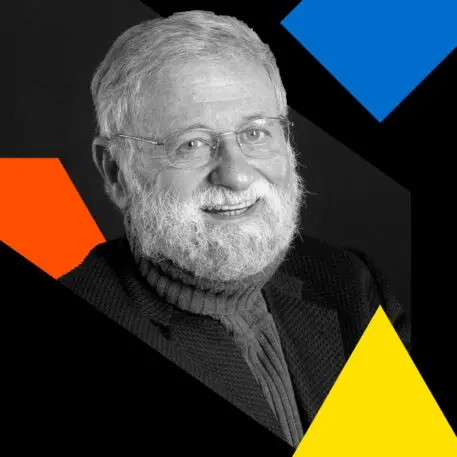
We must emphasize the needs, rights, and wellness of people, insist on only designing in ways that are ecologically responsible, that promote equity for all, and that eliminate the biases, the secrecy, and the violation of the privacy and personal rights of people – for example, the low-paid workers who provide the materials or take part in manufacturing, the professional employees, and of course those who use the resulting products.
The design profession can play a major role. To do this, designers must be educated to understand the history of the world, of the many people whose homes, lives, and cultures were disrupted by the spread of industrialization that started with the industrial revolution and still continues. Designers have to get a different education about manufacturing, about materials, and repairability and reuse of their designs. Digital designers need a better understanding of ethics and morals: creating addictive products may be good for profitability, but not necessarily for the world. In addition, designers must learn how to take a broad view of the place where they work, moving upward through the ranks to the governing positions of industry, foundations, and governments. —Don Norman, founding director emeritus, Design Lab, UCSD
Reporting by Suzanne LaBarre.
See more from Fast Company’s 2021 Innovation by Design Awards. Our new book, Fast Company Innovation by Design: Creative Ideas That Transform the Way We Live and Work (Abrams, 2021), is on sale now.
Recognize your brand’s excellence by applying to this year’s Brands That Matter Awards before the early-rate deadline, May 3.
